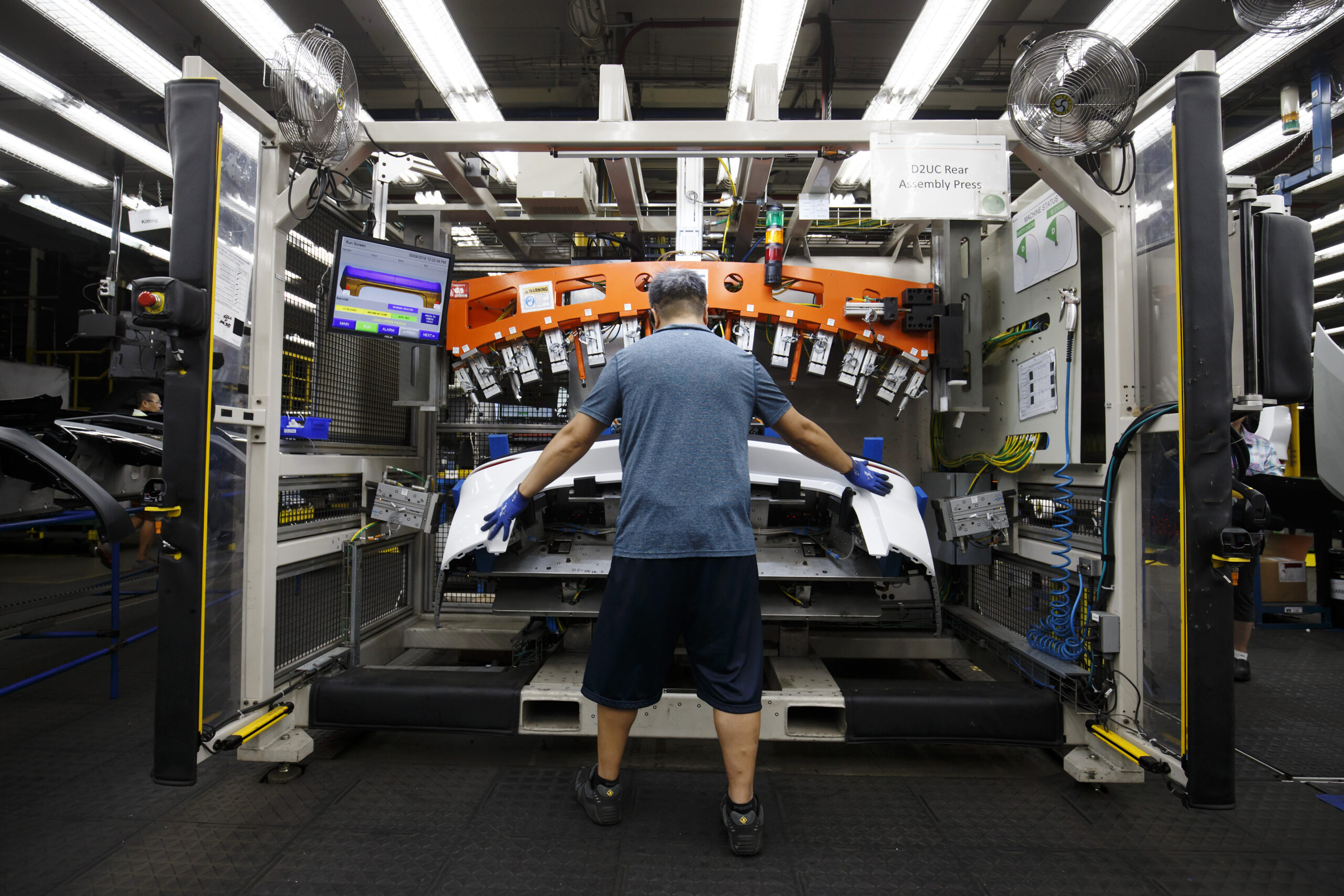A divided Wisconsin Supreme Court on Tuesday upheld the sixth drunken driving conviction of man who no one actually saw driving a vehicle or even sitting behind the wheel.
The 2007 conviction of Greg Kandutsch was based solely on circumstantial evidence generated from a computer report that came from an electronic monitoring device. The device showed Kandutsch left a house in Rib Mountain and arrived in Wausau, about a 15 minute drive away, in 20 minutes.
When arrested after trying to break into his estranged wife’s Wausau house, his blood alcohol content was .23 percent, more than twice the legal limit.
Kandutsch denied driving drunk, saying he did not become intoxicated until after he drove to his wife’s home. He claims to have drunk $20 worth of beer and whiskey at a bar three blocks from his wife’s home before walking back and breaking in. He argued the electronic monitoring device’s report was inaccurate.
Kandutsch, 51, was convicted in Marathon County circuit court of a felony drunken driving charge and sentenced to six years in prison.
He appealed, arguing the report should not have been accepted into evidence without expert testimony to back up its accuracy and that it amounted to hearsay. The state Appeals Court upheld the conviction.
On a 5-2 decision, the Supreme Court upheld the lower court’s ruling and rejected his argument saying no expert testimony was needed beyond two Department of Corrections employees who said the device is accurate.
“Neither the EMD itself nor the report derived from it is so ‘unusually complex or esoteric’ that expert testimony was required,” Justice David Prosser wrote for the majority.
The court also rejected Kandutsch’s argument that the report amounted to hearsay.
“A computer-generated report is not hearsay when it is simply the result of an automated process free from human input or intervention,” Prosser wrote.
Chief Justice Shirley Abrahamson and Justice Ann Walsh Bradley dissented, saying the court did not determine whether a report generated by the type of electronic monitoring device in question is accurate enough to be accepted at trial. Abrahamson wrote that the testimony of the two Department of Corrections officers as to the accuracy of the device was not sufficient.
“Expert testimony was necessary in the present case to provide the court, in evaluating this technology for the first time, with the evidence necessary to ensure the reliability of the underlying scientific principles,” Abrahamson wrote.
Assistant Attorney General Steve Means, who prosecuted the case, praised the ruling calling it a common sense decision.
“Law enforcement relies on electronic monitoring every day and it makes sense to let a jury consider the reports that are generated without requiring a scientist or engineer to explain how it works,” Means said in a statement.
Eileen Hirsch, an assistant state public defender who represented Kandutsch, did not immediately return a message seeking comment.
Was this article valuable?
Here are more articles you may enjoy.

 After the Flames: Preparing for the Growing Fraud Threat in Los Angeles
After the Flames: Preparing for the Growing Fraud Threat in Los Angeles  Auto Insurer Fined for Data Breach That Impacted 45K New Yorkers
Auto Insurer Fined for Data Breach That Impacted 45K New Yorkers  State Farm Has Paid $2.5 Billion in Claims for LA Wildfires
State Farm Has Paid $2.5 Billion in Claims for LA Wildfires  Carney Pledges Billions for Canada Auto Sector in Trade War
Carney Pledges Billions for Canada Auto Sector in Trade War 